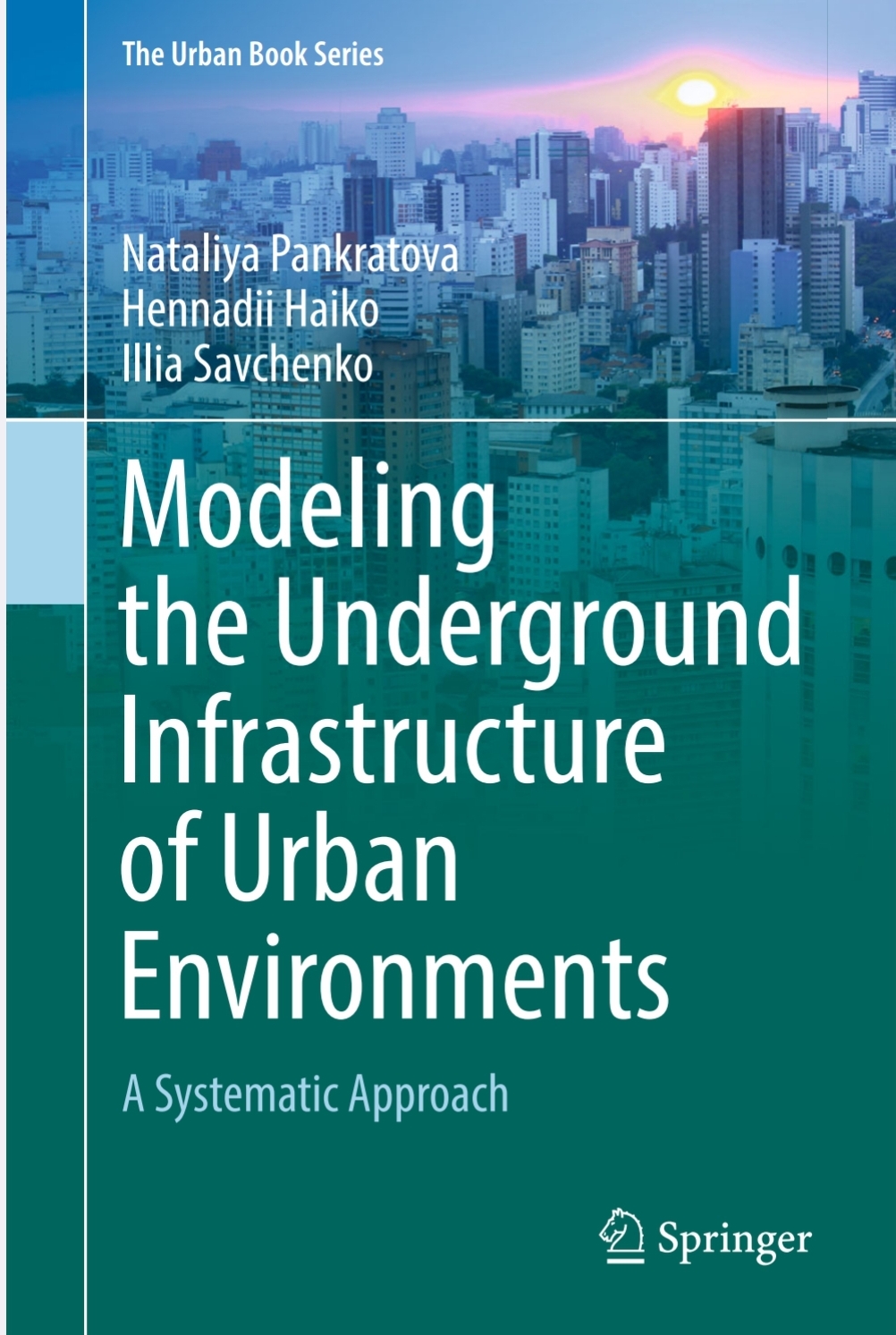Modeling the Underground Infrastructure of Urban Environments
The growth of large cities is a manifestation of steady historical tendencies, and it leads not only to the constant expansion of metropolises but also to the significant complication of their functional and spatial organization. Furthermore, in many cases,
the traditional potential of city growth “upwards and broadwise” is exhausted, and complex mastering of urban georesources has started.
Dealing with a number of acute problems (territorial, logistical, power supply, ecological ones, etc.) related to the intensive metropolis growth can be successfully achieved by constructive development of urban underground space.
Regulating urban development with the goal of increasing comfort, ecological standards, and life safety in the constantly growing metropolises is one of the most urgent though insufficiently studied and complex global problems.
Pivotal changes that happened in the last decades in the life of big cities require scientific comprehension of new reality and most likely prospects of cities’ further growth. Urban underground development, which is an integral part of modern metropolises, has already gone beyond the scope of separate local objects and has
become a systemic existential factor of large cities.
The foresight of upcoming changes, the construction policy, and the city planning for metropolises should be based on a reliable scientific and methodological foundation which provides the harmonic evolution of surface and underground urban development as a whole.
DOWNLOAD :- HERE
